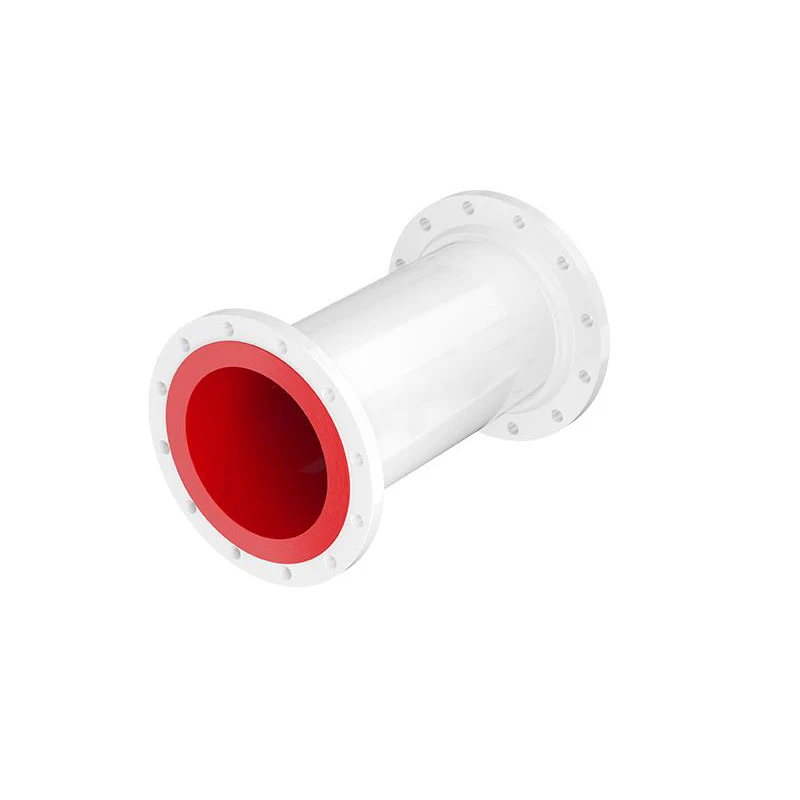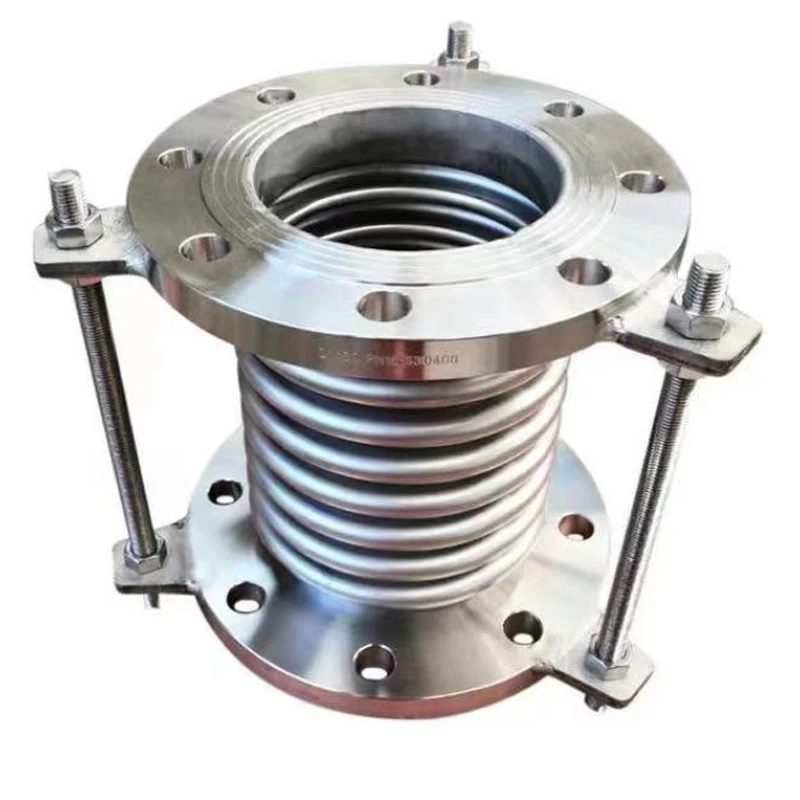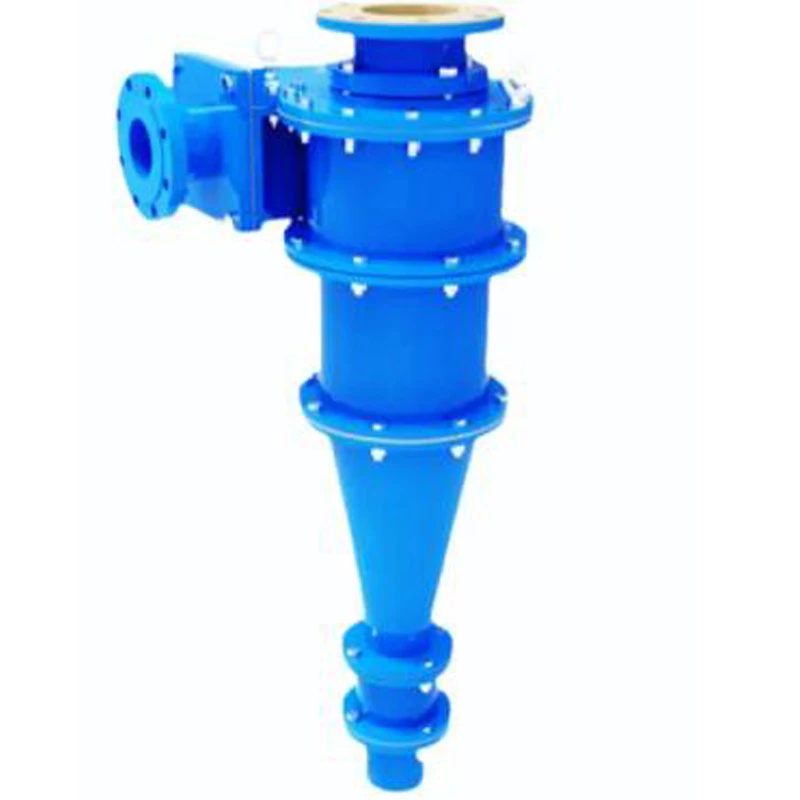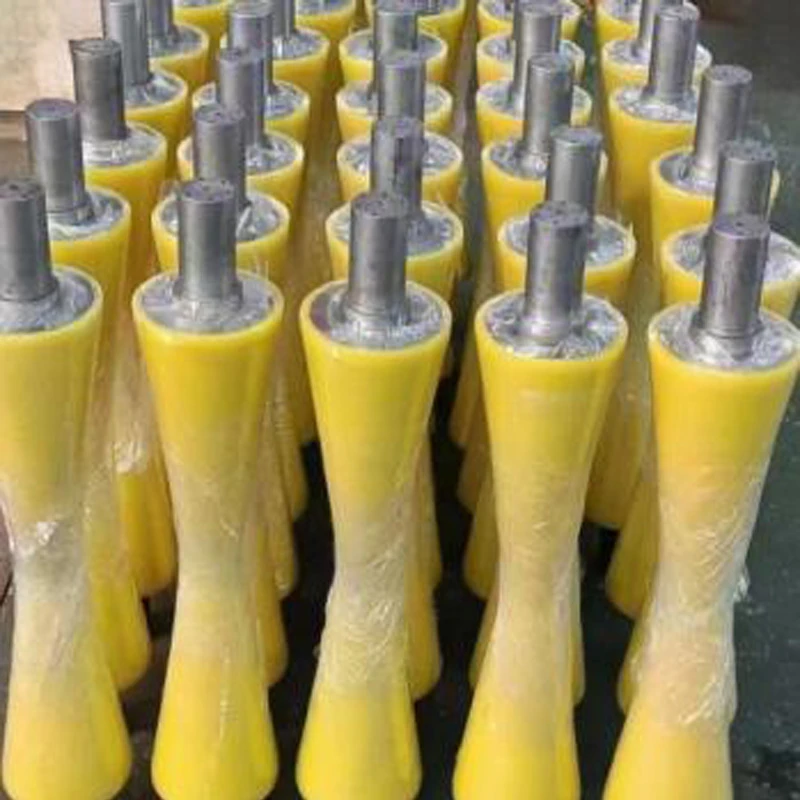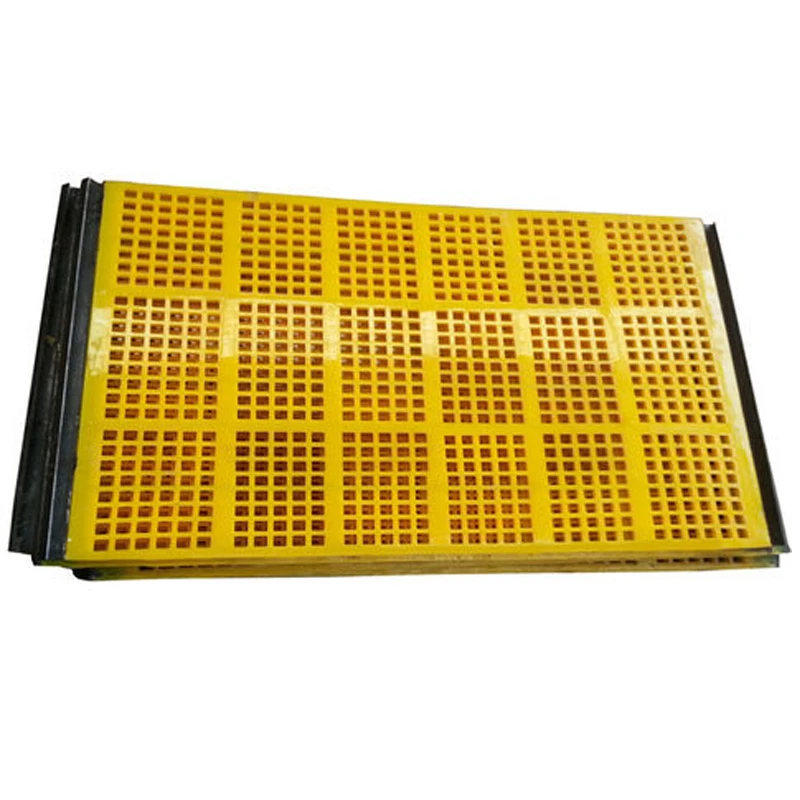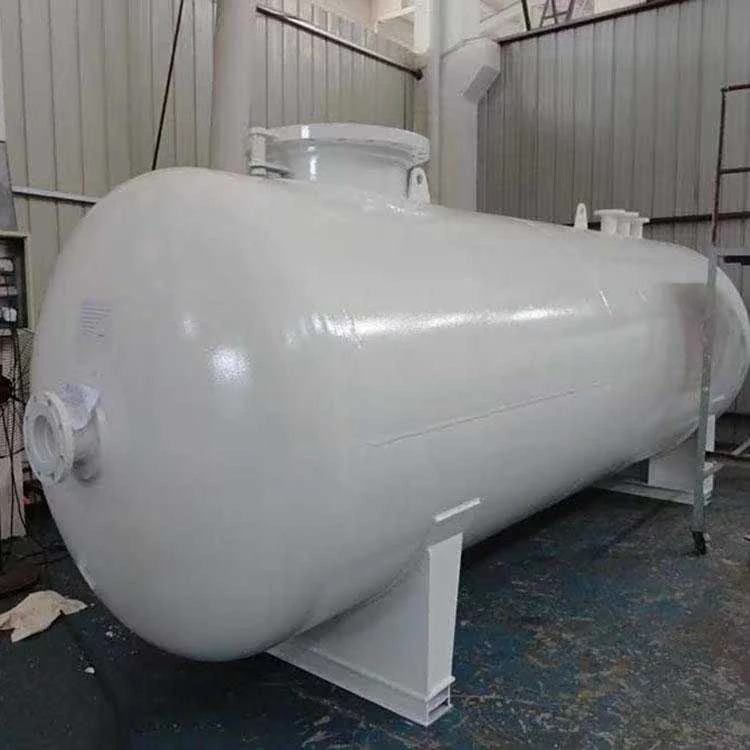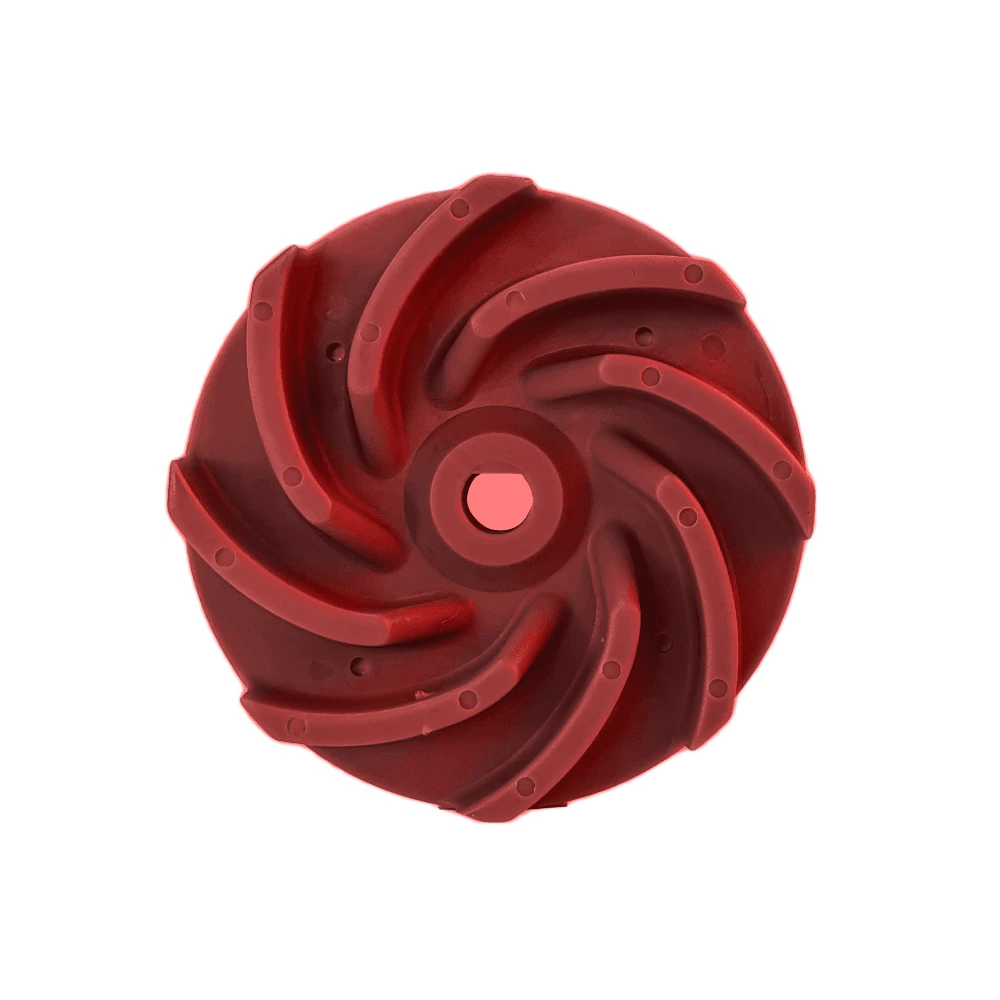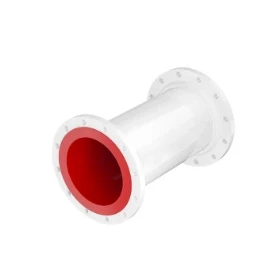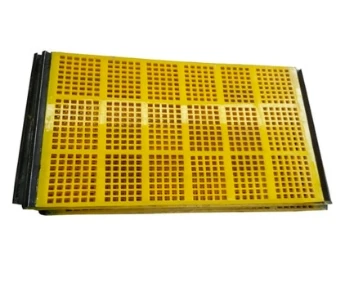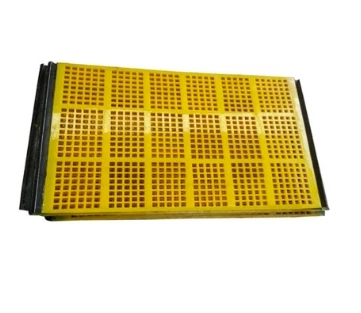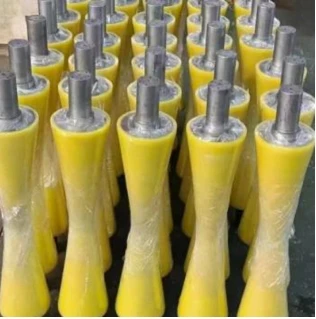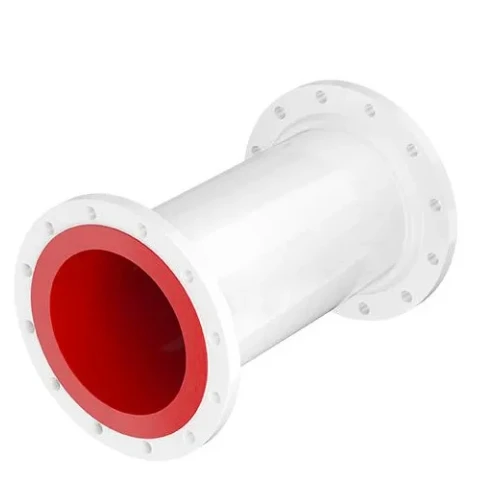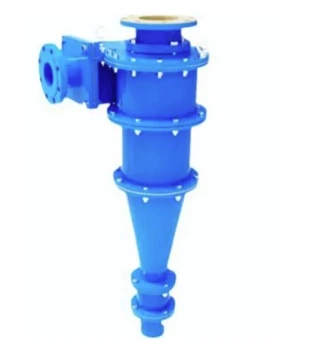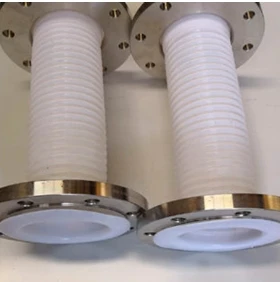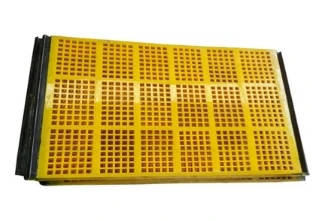Premium PTFE Lined Metal Hose | High Pressure & Chemical
Understanding PTFE Lined Metal Hose: An Essential Component for Demanding Industries
In critical industrial applications, the reliable transfer of corrosive, high-temperature, or high-purity media is paramount. This necessitates a hose solution that offers unparalleled chemical resistance, flexibility, and mechanical strength. The PTFE Lined Metal Hose stands out as a superior choice, engineered to meet these rigorous demands. Combining the exceptional inertness of Polytetrafluoroethylene (PTFE) with the robust structural integrity of metallic braiding, these hoses deliver extended service life and operational safety in environments where conventional hoses fail. They are particularly vital in sectors such as chemical processing, pharmaceuticals, food & beverage, and automotive, where maintaining media purity and resisting aggressive chemicals are non-negotiable.
The design philosophy behind these specialized hoses focuses on mitigating common industrial challenges like corrosion, extreme temperatures, and pressure fluctuations. Unlike a standard ptfe lined rubber hose, which might lack the high-pressure capabilities or temperature resistance of a metallic outer layer, the integration of a stainless steel braid significantly enhances performance. This advanced composite structure ensures superior chemical compatibility while also providing excellent resistance to kinking, abrasion, and vacuum collapse. Our exploration will delve into the intricate details of its manufacturing, technical specifications, diverse applications, and the competitive advantages it offers over other industrial hose solutions.
The Meticulous Manufacturing Process of PTFE Lined Metal Hoses
The production of a high-performance ptfe lined metal hose is a complex, multi-stage process that combines precision engineering with advanced material science. It begins with the extrusion of the PTFE liner, which forms the inner core of the hose. PTFE is selected for its exceptional chemical inertness, non-stick properties, and wide temperature range (-70°C to +260°C). The liner can be either smooth bore for maximum flow and ease of cleaning or convoluted for enhanced flexibility, depending on the application’s requirements. This initial stage requires precise control over temperature and pressure to ensure a consistent wall thickness and a defect-free surface, crucial for maintaining media purity and preventing leaks.
Following the liner extrusion, the metallic reinforcement is applied. This typically involves braiding layers of stainless steel wire (commonly 304 or 316L grade for superior corrosion resistance) directly over the PTFE core. Advanced braiding machinery ensures a tight, uniform weave, providing the necessary pressure rating, kink resistance, and external protection. Unlike processes such as casting or forging, which are used for rigid components, hose manufacturing primarily involves extrusion and braiding/winding techniques. Each manufacturing batch undergoes rigorous quality control checks, including hydraulic proof tests, vacuum tests, and burst pressure tests, to ensure compliance with international standards such as ISO 10380, ASTM F1387, and ANSI B31.3. The expected service life for a properly specified and installed ptfe lined metal hose can often exceed 10 years, depending on the operational environment and maintenance schedule.
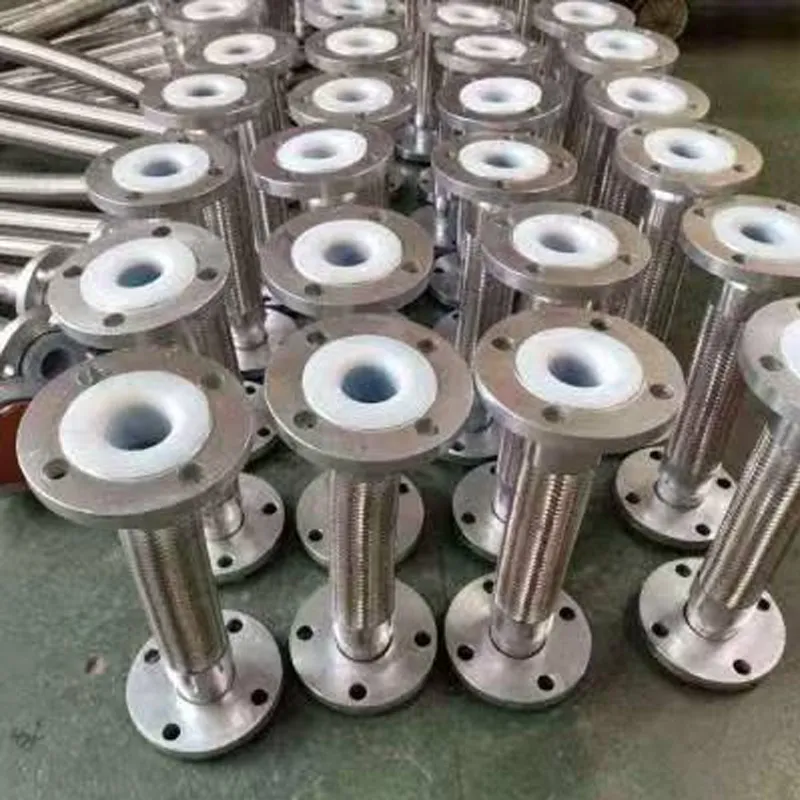
Industries like petrochemical, metallurgy, chemical processing, and water supply/drainage extensively utilize these hoses. In the petrochemical sector, for instance, they are indispensable for handling aggressive acids, solvents, and fuels, offering superior resistance to chemical degradation compared to traditional rubber or plastic hoses. Their robust construction ensures long-term integrity, minimizing downtime and maintenance costs. Furthermore, in applications requiring high purity, such as pharmaceutical and food processing, the inert PTFE liner prevents contamination, ensuring compliance with strict regulatory standards like FDA. This combination of durability, chemical resistance, and purity makes them a cornerstone in demanding fluid transfer systems, contributing to significant advantages in energy efficiency and corrosion prevention.
Key Technical Parameters and Performance Data
Understanding the technical specifications of a ptfe lined metal hose is crucial for proper selection and optimal performance in any industrial setting. These parameters dictate the hose's suitability for specific pressure, temperature, and media compatibility requirements. The internal diameter (ID) determines flow rate, while the working pressure and burst pressure ratings define the safe operational limits. Furthermore, the bend radius indicates the minimum curve the hose can form without kinking or compromising its integrity, a critical factor for installation in confined spaces.
| Parameter | Description | Typical Range/Value |
|---|---|---|
| Liner Material | Polytetrafluoroethylene (PTFE) | Virgin PTFE, Anti-static PTFE |
| Reinforcement | Outer Braiding | SS 304, SS 316, SS 316L (Single or Double Braid) |
| Temperature Range | Operating Temperature | -70°C to +260°C (-94°F to +500°F) |
| Working Pressure | Maximum Continuous Pressure | Up to 200 Bar (2900 PSI), depends on ID |
| Burst Pressure | Pressure at which hose fails | Typically 4x Working Pressure |
| Available Diameters (ID) | Internal Bore Size | From 1/8" (3.2mm) to 4" (101.6mm) |
| Bend Radius | Minimum bend without kinking | Varies with ID and core type (e.g., 50-200mm) |
| Chemical Compatibility | Resistance to chemicals | Excellent for nearly all industrial chemicals |
The robust construction of a stainless steel braided hose teflon lined makes it ideal for a vast array of high-stakes applications. From transferring superheated steam and cryogenic liquids to highly corrosive acids and bases, its design ensures integrity under extreme conditions. The low coefficient of friction of PTFE also facilitates efficient fluid transfer and minimizes pressure drop, which can translate into significant energy savings for pumping systems. This technical superiority is why industries consistently choose these hoses for their most challenging fluid handling needs.
Application Scenarios and Strategic Advantages
The versatility and superior performance of ptfe lined metal hose make it indispensable across a multitude of industrial sectors. In the chemical processing industry, these hoses are routinely employed for transferring highly corrosive acids like sulfuric and nitric acid, as well as aggressive solvents, where their chemical inertness prevents material degradation and contamination. For pharmaceutical manufacturing, the non-contaminating and easy-to-clean nature of the PTFE liner is critical for maintaining product purity and adhering to stringent regulatory requirements, making them ideal for sterile applications and solvent recovery systems.
Beyond chemical and pharmaceutical applications, the food and beverage industry leverages these hoses for transferring high-purity liquids, hot oils, and steam, benefiting from PTFE's resistance to high temperatures and its inertness, which prevents taste or odor transfer. In the automotive sector, they are crucial for fuel lines, brake fluid systems, and hydraulic applications due to their resistance to petroleum products and high-pressure capabilities. Furthermore, their resilience to extreme temperatures makes them suitable for use in steam lines, hot oil transfer, and cryogenic applications, significantly extending hose lifespan compared to conventional alternatives and contributing to lower operational costs and enhanced safety.
Compared to other industrial hoses, the ptfe lined metal hose offers distinct advantages. While a ptfe lined rubber hose provides good flexibility and some chemical resistance, it typically cannot withstand the same high temperatures or pressures, nor does it offer the same robust external protection against abrasion or kinking as a metallic braid. Similarly, a hose that is merely a stainless steel braided hose teflon lined implies the same core construction, emphasizing the braided steel component's role in pressure and mechanical integrity. The true advantage lies in this combined architecture, ensuring maximum operational reliability.
| Feature | PTFE Lined Metal Hose | PTFE Lined Rubber Hose | Standard Rubber Hose |
|---|---|---|---|
| Chemical Resistance | Excellent (Near Universal) | Good (Specific Chemicals) | Fair (Limited) |
| Temperature Range | -70°C to +260°C | -40°C to +150°C | -20°C to +100°C |
| Pressure Rating | Very High (Up to 200 Bar) | Moderate (Up to 70 Bar) | Low (Up to 20 Bar) |
| Flexibility | Good to Moderate (Depends on core) | Excellent | Excellent |
| Abrasion Resistance | Excellent (Outer braid) | Moderate | Moderate |
| Purity / Non-Stick | Excellent (PTFE Liner) | Excellent (PTFE Liner) | Poor to Moderate |
Custom Solutions and Trusted Partnership
Recognizing that every industrial application presents unique challenges, leading manufacturers offer highly customizable ptfe lined metal hose solutions. Customization extends beyond mere length and end fittings; it encompasses variations in PTFE liner types (e.g., carbon-filled anti-static for dissipative applications, or smooth bore vs. convoluted for flow characteristics), different grades of stainless steel braiding (304, 316, 316L), and specialized outer covers for extreme abrasion or environmental protection. This bespoke approach ensures that the hose system perfectly integrates with existing infrastructure and meets the precise performance requirements of the specific medium and operating conditions.
A key aspect of building trustworthiness in the B2B sector is demonstrated experience and adherence to quality. Our long-standing service history and collaborations with major industrial players underscore our authority in delivering reliable fluid transfer solutions. Each ptfe lined metal hose assembly is subjected to rigorous internal testing, including pressure integrity and leak detection, going beyond standard ISO and ANSI requirements where necessary. We also offer comprehensive technical support, from initial design consultation to post-installation troubleshooting, ensuring optimal performance and longevity. Our commitment to quality is reinforced by a robust warranty policy, providing peace of mind for your investment.
Frequently Asked Questions (FAQ)
Q1: What is the primary advantage of PTFE over rubber in a lined hose?
A1: PTFE offers superior chemical inertness, resisting nearly all industrial chemicals, solvents, and acids, whereas rubber hoses have limited chemical compatibility. PTFE also withstands much higher temperatures, prevents permeation, and offers a non-stick, easy-to-clean surface, crucial for purity-sensitive applications. While a ptfe lined rubber hose combines some benefits, the full metal braiding of a ptfe lined metal hose adds higher pressure ratings and external mechanical protection.
Q2: How do I select the correct pressure rating for a ptfe lined metal hose?
A2: Selection should always consider the maximum working pressure of your system, including any potential pressure spikes, and incorporate a safety factor. We recommend consulting the manufacturer's pressure charts, which are typically dependent on the hose's internal diameter and the number/type of metallic braids (e.g., single or double stainless steel braiding). Burst pressure is usually four times the working pressure, providing a significant safety margin.
Q3: What are the typical delivery times for custom ptfe lined metal hose orders?
A3: Delivery times for custom orders can vary based on complexity and current production schedules. For standard configurations, lead times typically range from 2-4 weeks. Highly specialized or large-volume orders may require longer, usually 4-8 weeks. We maintain transparent communication throughout the production process, providing regular updates on order status and estimated delivery dates.
Q4: What kind of warranty and customer support do you offer?
A4: We stand by the quality of our products with a comprehensive warranty against manufacturing defects, typically ranging from 1 to 5 years depending on the specific product line and application. Our dedicated customer support team is available to assist with technical queries, installation guidance, and any post-sales support, ensuring your operations run smoothly and efficiently. This commitment extends to providing detailed product data sheets and certification upon request.
References
- ISO 10380:2012. Corrugated metal hoses and hose assemblies — Design, manufacture and testing.
- ASTM F1387-99(2018). Standard Specification for Performance of Piping and Tubing Mechanically Attached Fittings.
- PTFE (Polytetrafluoroethylene) - Properties and Uses in Industrial Applications. Journal of Polymer Science, Vol. 55, No. 3, pp. 287-295.
- Chemical Compatibility and Permeation Resistance of Fluoropolymer Liners in Flexible Hoses. Industrial & Engineering Chemistry Research, Vol. 48, No. 12, pp. 5890-5898.
Related Products
Our main products are polyurethane lined pipes, mining equipment fittings and metal hoses.




